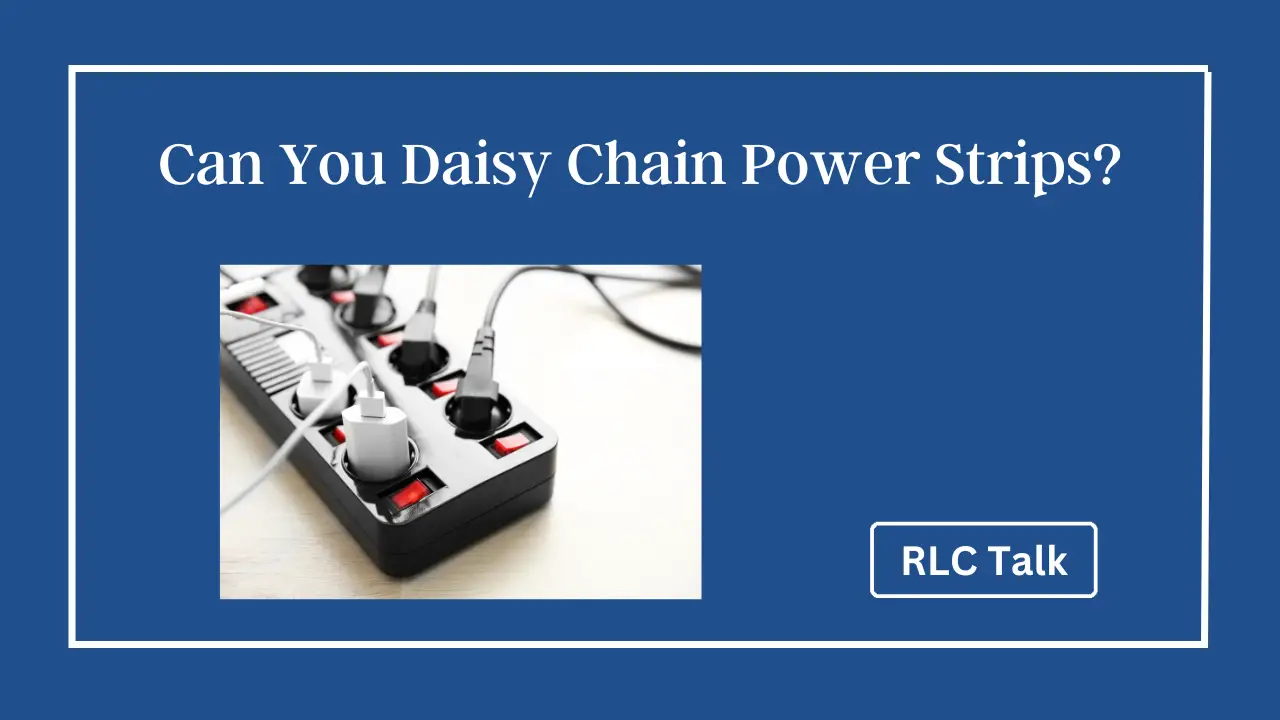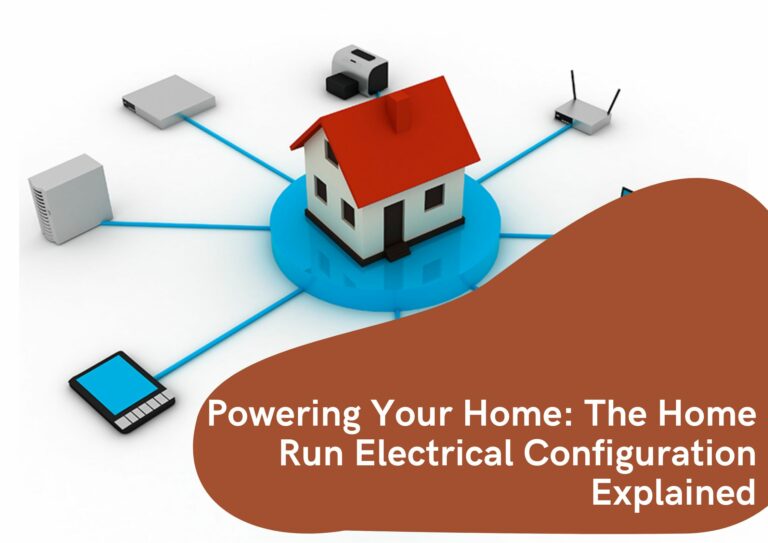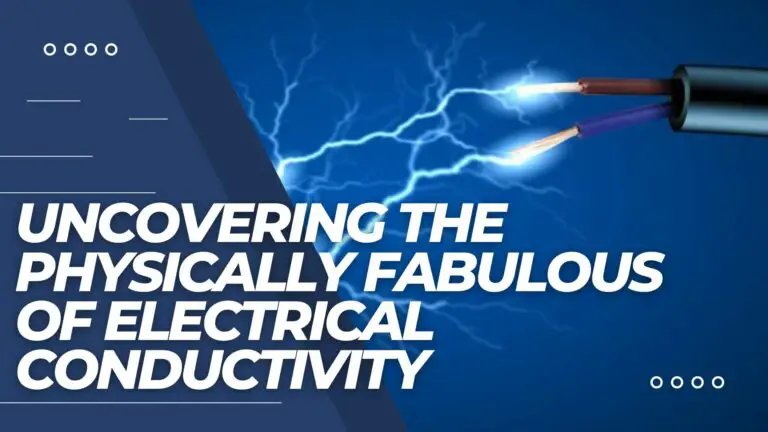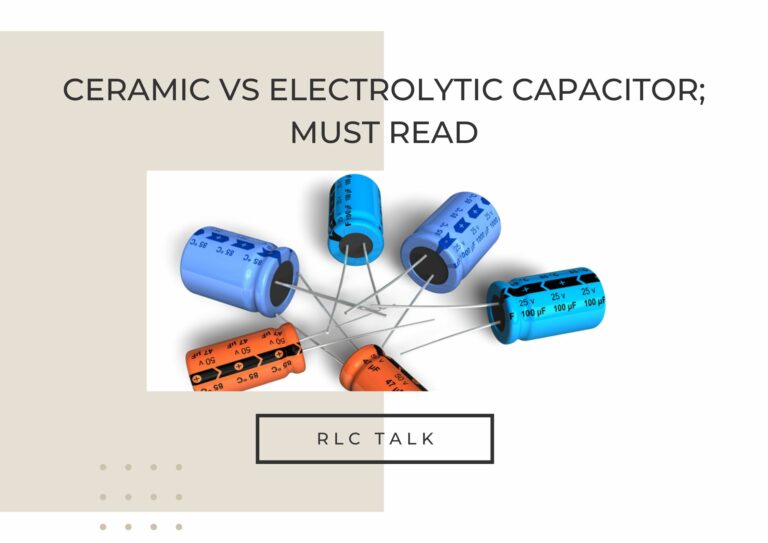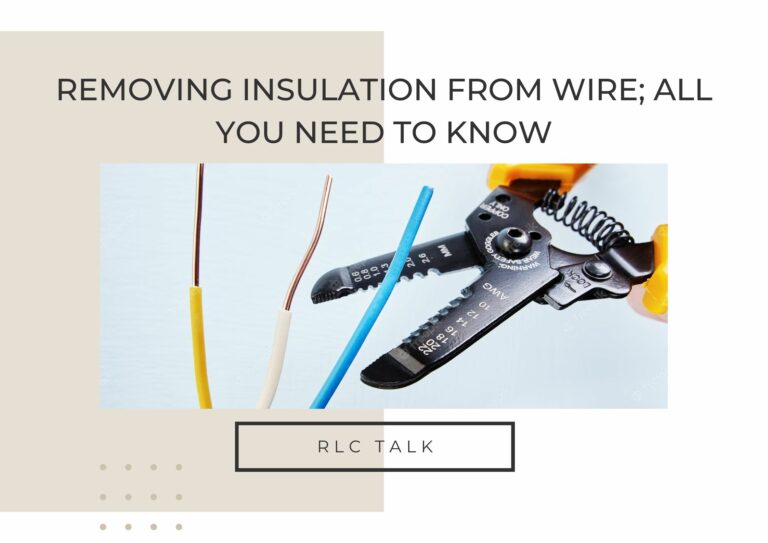Can You Daisy Chain Power Strips?
No, daisy chaining power strips is not recommended due to safety risks associated with overloading, overheating, and electrical fires. Following proper guidelines and considering alternative solutions is important to ensure a safe and efficient power distribution.
Power strips have become ubiquitous in our homes and offices in our increasingly connected world. They provide us with the convenience of multiple electrical outlets in one compact device, allowing us to power various electronic devices simultaneously. However, as our reliance on power strips grows, questions arise about their usage and safety.
In this article, we will delve into this topic and explore the intricacies of daisy chaining power strips to determine whether it is a safe practice.
What are power strips?

Before diving into daisy chaining, let’s establish a solid understanding of power strips.
Power strips, also known as extension blocks or surge protectors, are devices designed to expand the number of available electrical outlets.
They typically consist of a plastic or metal enclosure housing multiple power sockets. Power strips often come equipped with additional features like surge protection, overload protection, and individual switches for each outlet, allowing users to control the power flow to connected devices more conveniently.
Common types of power strips include,
- standard power strips
These provide a fixed number of outlets, and surge protectors offer surge suppression to safeguard connected devices from voltage spikes.
- specialized power strips
There are also specialized power strips designed for specific applications, such as power strips with USB ports for charging mobile devices or with built-in Ethernet ports for network connectivity.
Daisy Chaining Power Strips: Is it Safe?
Let’s address the central question: can you daisy chain power strips? Daisy chaining refers to connecting multiple power strips in a series, essentially extending the reach of a single power outlet to more devices.
While this may seem like a convenient solution, it is important to understand the potential risks and hazards associated with daisy chaining.
Firstly, daisy-chaining power strips can lead to an increased electrical load. Each power strip has a specific load capacity, representing the maximum amount of electrical current it can safely handle.
When you connect multiple power strips together, you are essentially increasing the load on the initial outlet, potentially exceeding its capacity. This can result in overloading, overheating, and even electrical fires.
How many power strips can be safely chained together?
The number of power strips that can be safely chained together highly depends on several factors, including the specific power strips being used, their load capacity, and the electrical circuit they are connected to. However, it is generally recommended to avoid daisy-chaining power strips altogether for safety reasons.
Each power strip has a maximum load capacity specified by the manufacturer, indicating the amount of electrical current it can safely handle. Exceeding this capacity can lead to overloading, overheating, and potential hazards.
Why Power Supply is Called VDD and Differences with VDD, VSS, and VCC
rlctalk.com
What are the limitations of Daisy Chaining?
Due to the aforementioned risks, it is crucial to consider the limitations of daisy-chaining power strips. One of the primary limitations is the electrical load capacity.
Power strips are designed to accommodate a certain load, typically indicated on the device or its packaging. Exceeding this capacity can lead to various issues, including tripped circuit breakers, damaged equipment, or, in extreme cases, electrical accidents.
Additionally, daisy-chaining power strips can cause overloading and overheating. The more power strips you connect in a series, the greater the potential for increased power consumption.
This can strain the electrical circuit and lead to overheating, which poses a significant fire hazard. To ensure the safety of your devices and the surrounding environment, it is best to avoid daisy-chaining power strips altogether.
What are the best practices for Power Strip usage?
Following some best practices for their usage is essential to make the most of your power strips while maintaining safety. Firstly, avoid daisy chaining power strips whenever possible. Instead, consider alternative solutions that we will explore shortly.
If you regularly run out of outlets, it may be a sign that your electrical infrastructure needs improvement. Consulting a professional electrician can help you add additional outlets strategically, ensuring a safe and efficient power distribution.

Adhere to the manufacturer’s guidelines.
It is crucial to adhere to the manufacturer’s guidelines and specifications when using power strips. Pay attention to the load capacity of each power strip and never exceed it.
Avoid plugging high-power devices, such as space heaters or air conditioners, into power strips, as these can consume a significant amount of electricity and potentially overload the circuit. Distribute the power load evenly among the outlets and switch off any devices not in use to reduce the overall power consumption.
Alternative Solutions to Expand Power Outlets
If you frequently find yourself in need of more outlets, there are alternative solutions available that can provide a safer and more efficient power distribution. One such solution is the use of power distribution units (PDUs).
PDUs are devices specifically designed to expand the number of outlets in a professional setting. They come in various configurations, including rack-mounted and wall-mounted options, and are commonly used in data centers, offices, and other environments where multiple devices need to be powered.
Another alternative is to opt for surge protectors with higher outlet counts. Many surge protectors on the market offer a generous number of outlets, accommodating the needs of power-hungry setups. By investing in a surge protector with a higher outlet count, you can avoid the temptation to daisy chain power strips and ensure a safer and more organized power setup for your devices.
Powering Your Home: The Home Run Electrical Configuration Explained
rlctalk.com
Conclusion
While the idea of daisy-chaining power strips may seem like a convenient solution for expanding power outlets, it comes with inherent risks and limitations. Exceeding the load capacity, overloading, and overheating are some of the dangers of this practice.
Instead, it is advisable to follow best practices for power strip usage, such as avoiding daisy chaining, distributing the power load evenly, and using power strips within their specified limits.

